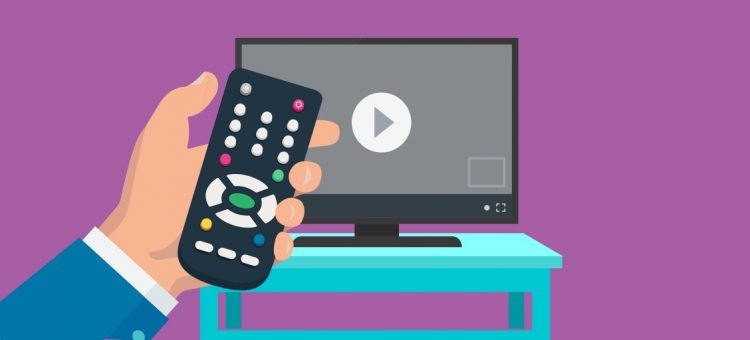Last year, the number of people worldwide who subscribe to a streaming service (613 million) surpassed the number of people who subscribe to cable television (556 million) for the first time. More than half of Americans now subscribe to at least one streaming service, and 60% of Americans stream video at least once a week.
With so many eager viewers, companies are jumping at the chance to get involved. New streaming services like Disney+, Apple TV+, and Peacock (NBC) have to compete with the massive subscriber bases of market leaders Netflix (158 million), Amazon Prime (100 million), and Hulu (27 million).
Which products will come out on top? How do people decide which ones to use? What do people care about when it comes to streaming?
That’s what our most recent SurveyMonkey Audience survey of over 1,000 consumers tries to answer. And as it turns out, the competition for consumer attention isn’t as clear cut as you might think.
Want to do your own consumer research?
SurveyMonkey Audience gets you targeted results in hours.
How things stand in streaming right now
Our research made a few things clear: streaming is going to be more and more of a part of our daily lives, and it’s going to be a competitive market for the companies trying to get in on it.
- Netflix is everybody’s #1: When we asked respondents which service had the best content, 37% said Netflix, followed by Amazon Prime (12%) and then Hulu (7%). That’s a pretty massive lead. People were also more likely to say that Netflix was “worth the money” than any other service.
- Streaming is addictive—it’s only getting bigger. People spend more time watching video on Netflix, Amazon Prime Video, and Hulu now than ever before. Forty percent of subscribers say they spend more time watching Amazon Prime now than they did a year ago, 38% say they spend more time watching Hulu, and 35% say they spend more time watching Netflix.
- There’s a lot of overlap: These streaming services have large, overlapping audiences: 63% of people who stream video use Netflix, 41% use Amazon Prime Video, and 33% use Hulu.
- Price plays a key role: Most streaming subscribers–even those subscribed to more than one service–spend less than $25 per month to stream, while most cable subscribers spend more than $100 every month on their cable.
Disney+, Apple TV+, and Peacock (NBC) are starting off hot
While people still like to use the most popular streaming services, more than a quarter say they’re ready to subscribe to another service as well. Before the Disney+ launch in November, for example, 21% of the people we surveyed said they’d probably subscribe to Disney+ and 19% said they'd probably subscribe to the new Disney+, Hulu, and ESPN+ bundle.
Since launch, Disney+ has already gained a ton of subscribers. Analysts predicted that Disney+ would have about 8 million subscribers before the end of the year, but instead, 10 million people signed up for the service the first day it was available.
Downloads of Disney+, Hulu, and ESPN+ apps all increased 50% or more in the second half of November, which suggests that many people opted for the Disney+, Hulu, and ESPN+ bundle.
What people care about when it comes to streaming video content
We also asked our streamers about their preferences. Is it more important to have access to trendy shows or classical favorites? How do people pick one service over another? As it turns out, it’s all about choice. Here were people’s top priorities:
- A variety of TV shows (33%)
- A variety of movies (31%)
- Trendy new TV shows or movies (20%)
- Access to sports (7%)
- Access to news (6%)
And in terms of payment, almost everyone (62%) would rather pay a flat monthly fee than pay per video/show (9%). (28% had no preference.)
New streaming services give viewers more options
But the popularity of new options doesn’t mean your old favorites are going anywhere any time soon. Because streaming services cost so much less than cable, many viewers just plan to keep adding them in: While a quarter of streaming subscribers are ready to subscribe to another service, just 11% told us that they’re likely to cancel a current streaming subscription as a result of new competitors like Disney+, Apple TV+, and Peacock (NBC).
The number of households that subscribe to multiple streaming services has doubled in the last 5 years, which just goes to show that many people have no problem paying for several services, if they offer different content. So maybe it’s not about Disney+ “challenging” Netflix—it’s about bringing subscribers more options. And as consumers, we all stand to benefit.



